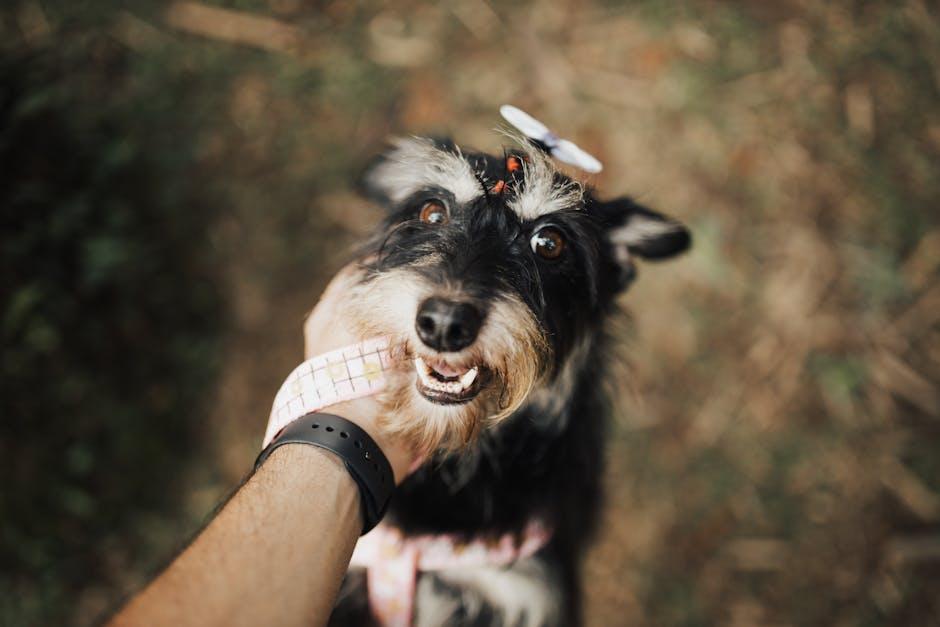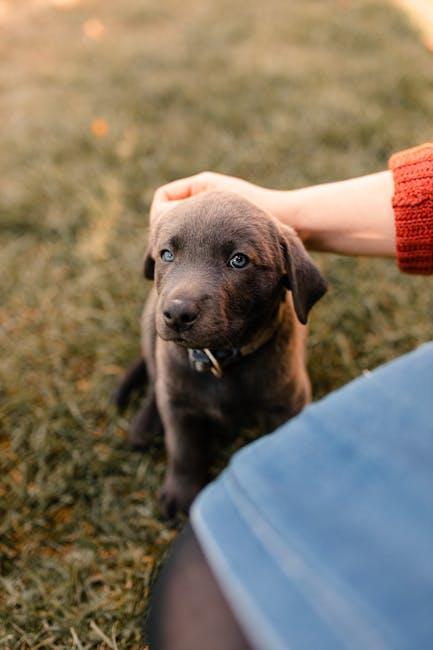Welcoming a new puppy into your home is an exciting and heartwarming experience, filled with moments of joy, laughter, and the occasional challenge. As you embark on this journey with your furry companion, one of the most rewarding skills you can nurture is teaching them to follow commands instantly. Not only does this enhance your bond, but it also ensures your puppy’s safety and helps foster a harmonious living environment. In this guide, we’ll explore practical, effective techniques to encourage your puppy’s responsiveness, combining patience, consistency, and love to create a positive learning experience for both of you. Whether you’re a first-time pet owner or a seasoned dog enthusiast, these tips will help you unlock the potential of your puppy’s eager mind and playful spirit.
Understanding Your Puppys Learning Style
Every puppy is unique, and understanding how your furry friend learns can make training a more effective and enjoyable experience. Puppies, much like humans, have different learning styles. By recognizing and adapting to these styles, you can help your puppy grasp commands quickly and efficiently.
Here are some common learning styles to consider:
- Visual Learners: These puppies respond well to hand signals and demonstrations. Use clear gestures along with verbal commands to communicate effectively.
- Auditory Learners: For these pups, the tone and sound of your voice are crucial. Focus on consistent vocal cues and praise to reinforce desired behaviors.
- Kinesthetic Learners: Active and energetic, these puppies learn best through movement and play. Incorporate physical activities into training sessions to maintain their interest and focus.
Consistency and patience are key, regardless of your puppy’s learning style. By tailoring your approach to suit your puppy’s preferences, you’ll foster a stronger bond and a more responsive companion. Remember to celebrate small victories with plenty of love and rewards!

Building a Strong Foundation with Basic Commands
Establishing a robust training routine for your puppy begins with mastering basic commands. These foundational instructions, such as sit, stay, and come, are crucial for ensuring your puppy understands your expectations and responds appropriately. Here are some essential tips to make the process smooth and effective:
- Consistency is Key: Use the same word for each command every time you train your puppy. This helps them associate the word with the desired action.
- Positive Reinforcement: Reward your puppy with treats, praise, or playtime whenever they successfully follow a command. This encourages repetition of the behavior.
- Short Sessions: Keep training sessions brief but frequent. Puppies have short attention spans, and shorter sessions help maintain their interest and enthusiasm.
Remember, patience and persistence are your best friends during this learning phase. By investing time in teaching these basic commands, you’re not only enhancing your puppy’s ability to follow instructions but also building a trusting and communicative relationship. This foundation will be invaluable as you introduce more advanced training techniques in the future.

Positive Reinforcement Techniques for Quick Results
Teaching your puppy to follow commands can be a delightful experience when approached with the right techniques. Positive reinforcement is not only effective but also strengthens the bond between you and your furry friend. Here are some tips to help you achieve quick results:
- Use High-Value Treats: Find out what your puppy absolutely loves. This could be small pieces of chicken, cheese, or specially designed training treats. The key is to use something that your puppy finds irresistible, ensuring they stay motivated and focused.
- Immediate Reward: Timing is crucial. Make sure to reward your puppy the instant they perform the desired action. This helps them associate the command with the reward, reinforcing the behavior quickly.
- Consistent Commands: Use the same word or phrase each time you give a command. Consistency helps your puppy understand what is expected and reduces confusion. Pair this with a clear hand signal for even better results.
Incorporate these techniques into short, fun training sessions. Keep them engaging and light-hearted to maintain your puppy’s interest. Remember, patience and persistence are your best allies in this journey, and the joy of seeing your puppy respond instantly is truly rewarding.
















